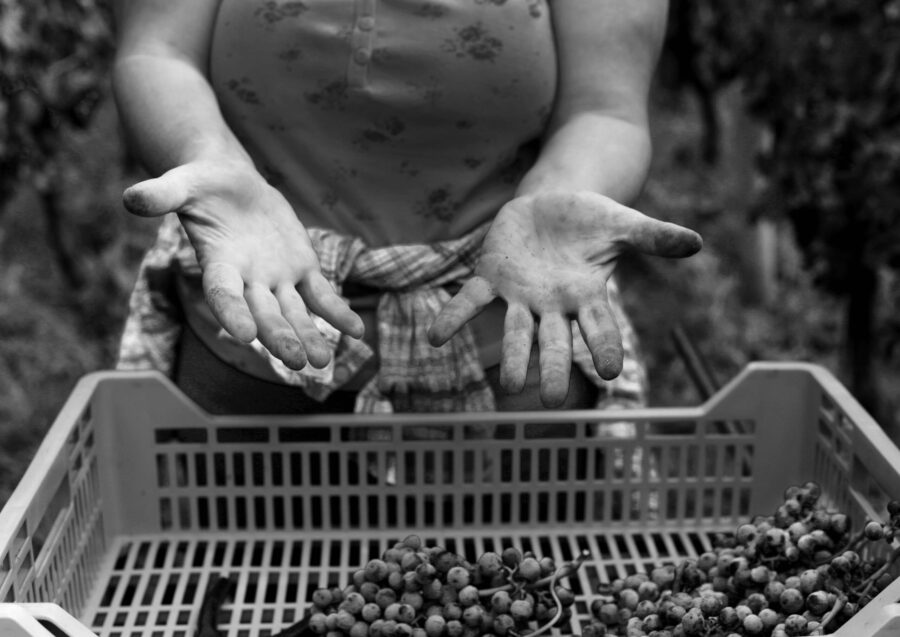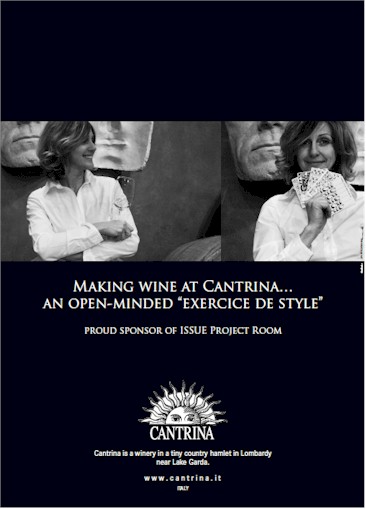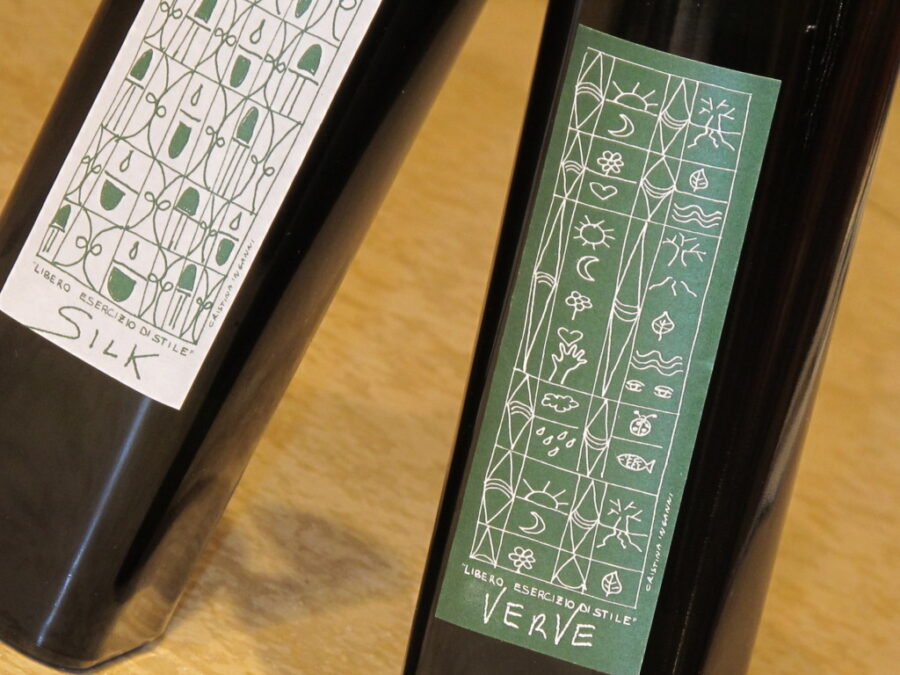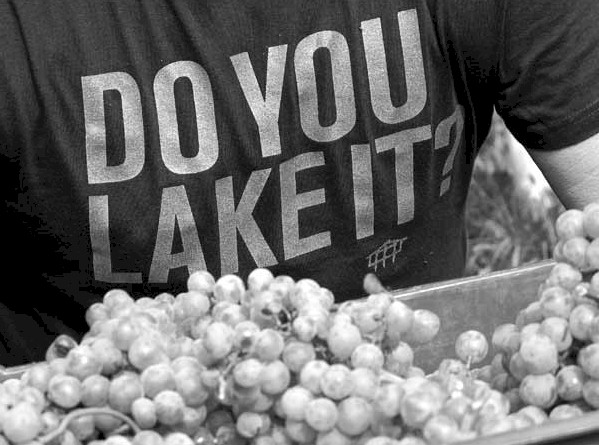

End of harvest 2018
posted on 27 November 2018Greetings!
The feast day of San Martino, on 11 November, was once considered by farmers the real beginning of the new year, since that day officially concluded the growing season, a year filled with hard work, bitter disappointments or huge satisfaction. It also marked the start of the new one, now filled with hopes, worries, and great projects for the future.
So for us, too, as winegrowers, this is a moment for drawing up a balance sheet. Even though we actually finished bringing in our grapes about a month ago, we still consider early November the conclusion of the lengthy and laborious 2018 growing season, with almost all the fermentations finished and the fresh wines now slowly beginning their maturation.To tell the truth, we are still involved in the vinification process for our sweet passito wine. After we picked and quality-selected the grapes, cluster by cluster and berry by berry, they underwent the natural drying process, called appassimento, from late August through early September, and finally, the highest-quality berries were gently pressed. Although this process is slow, and at times boring, these painstaking, almost obsessive, steps are necessary to obtain a passito of the quality of our Sole di Dario. In fact, just last week, L’Espresso’s Wine Guide, in its 2019 Guide to Italian Restaurants and Wines, bestowed on our 2012 Sole di Dario its prestigious Five Bottles award, naming it one of Italy’s seven best sweet wines.
Summing up the 2018 harvest, we can say that it was a child that bore the characteristics of a season in which sun and heat duetted in ideal harmony, and regularly-spaced, and sometimes heavy, rains fell until mid-July, bringing forth a crop that was unusually and unexpectedly large. Weather conditions remained especially favourable from late July through the entire month of October, which allowed us to comfortably bring in a crop that not only was abundant but whose grapes were sound, healthy, and sweet. And initial tastings of the wines they made revealed wines that are robust, smooth, and already drinkable, so they may mature earlier than usual. We also noticed that differences between vineyard parcels were more pronounced than in earlier years, and it was therefore even more crucial to carefully manage the crop in each individual area.We also want to let you know that we were delighted to receive another prestigious recognition, this time for our Riné 2016, which Gambero Rosso’s 2019 Guida Berebene spotlighted for its outstanding quality-price ratio.
Finally, you can join us as we participate again in theMercato dei Vignaioli FIVI</a(Independent Winegrowers’ Market) at PiacenzaExpo, 24-25 November. You can find out everything about it on their website. We enthusiastically recommend that you come to this event, since the Mercato dei Vignaioli Indipendenti is both a wonderful experience and a unique opportunity to personally meet the winemakers while you taste their wines—which you can purchase right there!
Cristina and Diego




